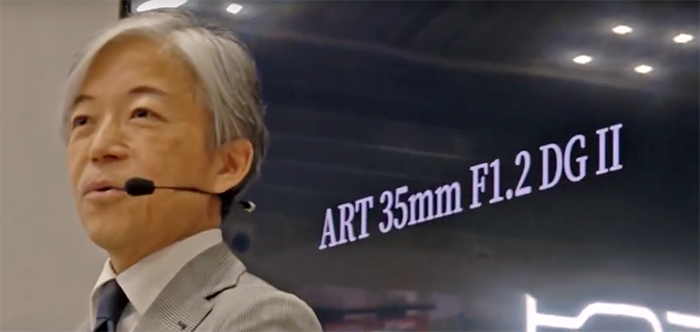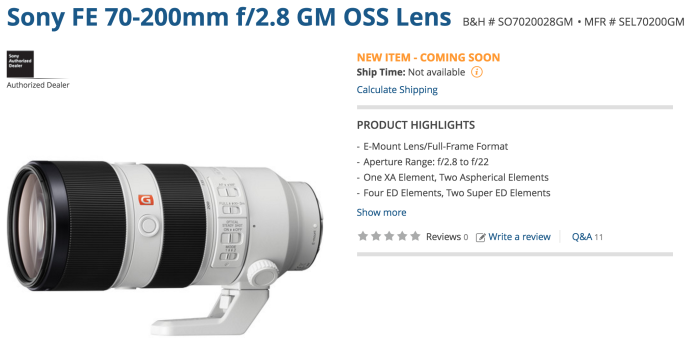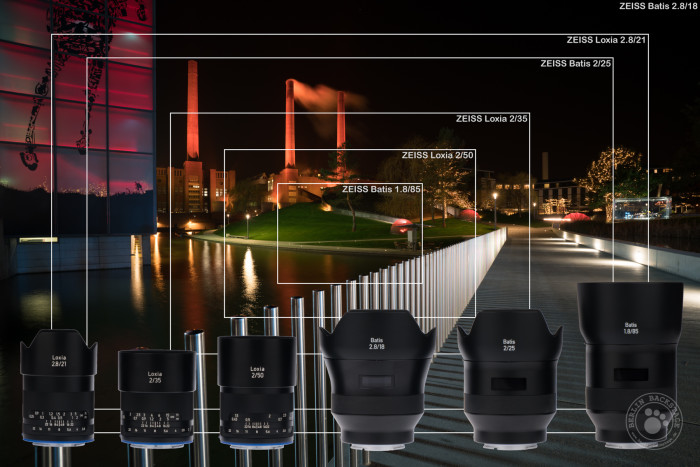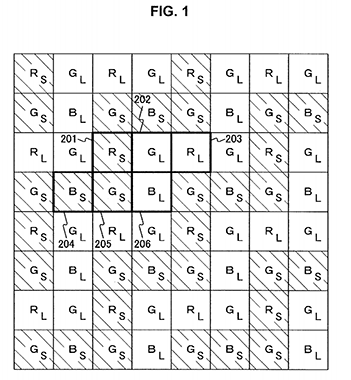Sony interview: Megapixel will keep increasing. Medium format is a possibility if there is a demand for it.
[shoplink 25383 ebay] [/shoplink]
[/shoplink]
Image of a [shoplink 25383 ebay]Mamiya 7 (here on eBay)[/shoplink] from Roma Nikolaev.
The Russian magazine Prophotos interviewed Sony engineers. I mention a couple of points:
- Sony says Megapixel number will keep increasing on future cameras.
- The Sony A6300 has no IBIS because Sony preferred to keep the size as compact as it gets.
- Sony confirms the plan to keep the A-mount well alive
- About going medium format: “It is a matter of the future. It is difficult to say now. We analyze the demand.“
Over a year ago there were some first wild rumors about Sony considering making a [shoplink 25383 ebay]Mamiya 7 alike[/shoplink] digital mirrorless system camera. But I think Sony’s priority now is on FF E-mount. And I hope they will find the resources to bring some excitement on the A-mount system before to move on any other possible medium format project…






 [/shoplink]
[/shoplink]

